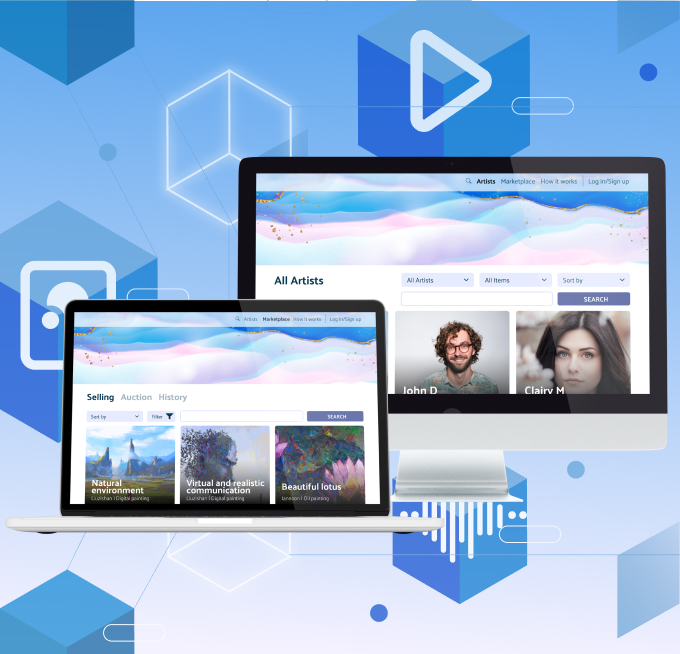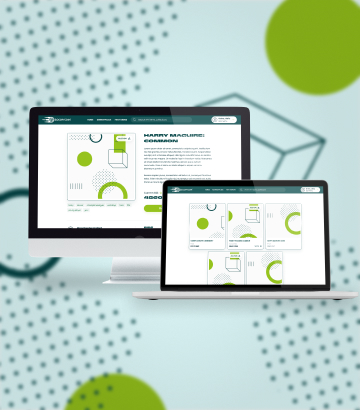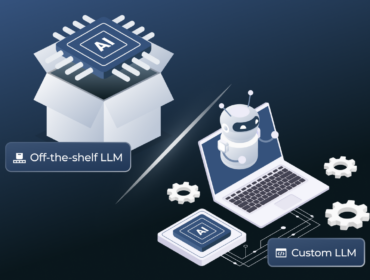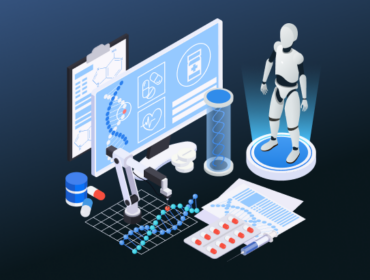As digital assets further their way into our daily lives, digital markets will continue on a meteoric rise, stimulating a sustained amount of adoption and growth for new tech advancements. However, there is one project whose relevance has not faded despite technological change occurring all around it — the EOS blockchain for NFT marketplaces.
The EOS NFT marketplace is one of the safest and easiest places to buy, sell, and trade digital art to anyone, from anywhere in the world. According to the latest stats by Bloomberg, the total market capitalization of NFTs has already surpassed $40 billion and there is no sign of it slowing down. The price of NFTs can reach unbelievable heights. Pak’s “The Merge” was sold for $91.8 billion in 2021. And while there are many more NFTs, there aren’t so many NFT marketplaces.
Developing an EOS NFT marketplace may seem like a viable business model since the demand for NFT marketplaces will continue to rise in the coming years. Let’s find out what the EOS blockchain is and why you should use it for the development of an NFT marketplace.
What is EOS?
EOS is a decentralized operating system based on blockchain technology. It’s used to develop a wide range of decentralized apps (dApps). The history of the EOS blockchain can be traced back to 2018, when its native coin raised $4.1 billion in crypto.
As with any blockchain-based network, EOS consists of two elements – the EOS token and the EOS.IO system. EOS.IO is the core of the EOS blockchain, it manages and controls the network. Unlike Bitcoin or Ether, the EOS token is used for accessing network resources and building DApps. EOS token owners can rent their bandwidth to users who need it for running apps.
EOS vs. Ethereum
EOS is considered the main competitor to Ethereum as it purports to be better, bigger, and faster. EOS has no rivals when it comes to Transaction Per Second as Ethereum can only handle 15 TPS. EOS aims to process millions of transactions per second.
With the number and size of DApps increasing at a blistering pace, the limited availability of resources is a serious issue that EOS.IO aims to solve by offering greater scalability, usability, and flexibility.
There are no transaction fees on the EOS blockchain. Users can use network resources in proportion to tokens owned. This eliminates speculation and promotes independence from token value, so price changes won’t affect the usage of the EOS network.
Users also need to hold Ether to enter the Ethereum network, but in EOS, developers can create freemium apps and attract new users without requiring the purchase of crypto tokens. This can help facilitate the mass adoption of the EOS platform across various domains.
The NFT market requires more speed and flexibility. The EOS blockchain can handle large transaction volumes and create a powerful platform for NFT exchanges, payment gateways, stock exchanges, etc.

NFTs on the EOS ecosystem
Before jumping into the technical issues of NFTs on the EOS ecosystem, let’s find out what NFTs are. NFT stands for a non-fungible token. It’s a unique unit of data that certifies the uniqueness of a digital asset. Each NFT is one of a kind, and it’s an interchangeable unit. It’s used to represent real objects of art, digital property, and intellectual property.
NFTs help acquire and grant ownership of digital objects. When a user buys an NFT, the network generates a smart contract where the unique value and originality of that NFT is fixed.
There are custom-built marketplaces where people can sell, buy, or trade various NFTs. NFT marketplaces allow users to create accounts, upload digital artwork, and trade NFTs. Ethereum is one of the most popular blockchain platforms for building NFT marketplaces, EOS is biting its heels because of its no-fee policy and much greater scalability.
Benefits of building an NFT marketplace on the EOS ecosystem:
- Higher TPS
- Industry-leading performance
- Superior scalability
- C++ based EOS.IO smart contracts
- More options for customization
- Free transactions
- A wide range of development tools and resources
- Flexible authentication

How to develop an NFT marketplace?
Building an NFT marketplace requires specific knowledge and expertise. At Unicsoft, we have years of experience developing blockchain-based software solutions. So to help you navigate the deep waters of developing an NFT marketplace, we’ve collected some valuable insights.
Before building a custom NFT marketplace, you need to understand its logic and architecture. Here’s are crucial blockchain product components that affect NFT marketplace development cost:
- A marketplace app where users can actually perform every action with NFTs. It consists of two sides – a server and a client.
- A digital wallet is used to store digital assets like NFTs or crypto tokens.
- Blockchain network is a decentralized database where all the information of the NFT transactions is stored.
- Smart contracts identify and fix the uniqueness of each NFT.
- NFT metadata specifies the name, creation date, attributes, and ownership of a digital asset.
- Interplanetary File System (IPFS) is a peer-to-peer protocol used to avoid power-consumer storage of NFT media files on the blockchain.
Five steps to build an NFT marketplace
Building an NFT marketplace is a multi-stage process that includes the following steps:
- Choose your marketplace niche. You can create NFT marketplaces not only for art and collectibles but also for gaming, music, ticketing, etc.
- Define the optimal blockchain network. Though Ethereum is the most popular choice for building NFT marketplaces, EOS can offer more benefits like no fees, higher TPS, and greater scalability.
- Build smart contracts. They are used to mint NFTs and perform transactions automatically if all the conditions are met.
- Set up a payment gateway. Since the main goal of your platform is the buying and selling of digital assets, there should be a payment gateway to enable your customers to buy, sell, or trade NFTs.
- Launch your NFT platform where buyers can purchase NFTs and sellers can sell them.
These are the key steps required to build an NFT marketplace from scratch but don’t forget about post-launch support to reduce bugs and ensure a streamlined user experience.
Instead of conclusions
The popularity of NFTs is growing day by day, so don’t miss your chance to enter the NFT market and become a trendsetter. With Unicsoft, you don’t need to worry about the technical side of your NFT project.
Thanks to 10 years of developing blockchain-based projects, our field-tested engineers know how to leverage modern technologies and make your app stand out from the crowd. Ready to enter the crypto world with an NFT marketplace? Contact us today to get a free project estimate from our NFT engineers.







![How to develop an NFT marketplace on the EOS ecosystem What’s the EU Artificial Intelligence Act and How to Comply? [Webinar]](https://unicsoft.com/wp-content/uploads/2024/03/Cover_1140_v1.1-370x280.png)

